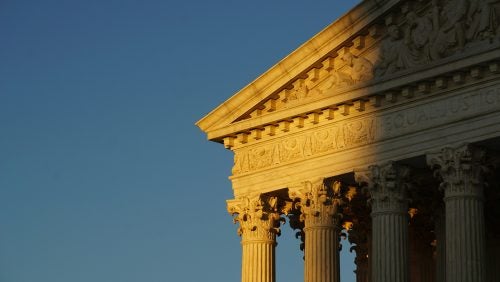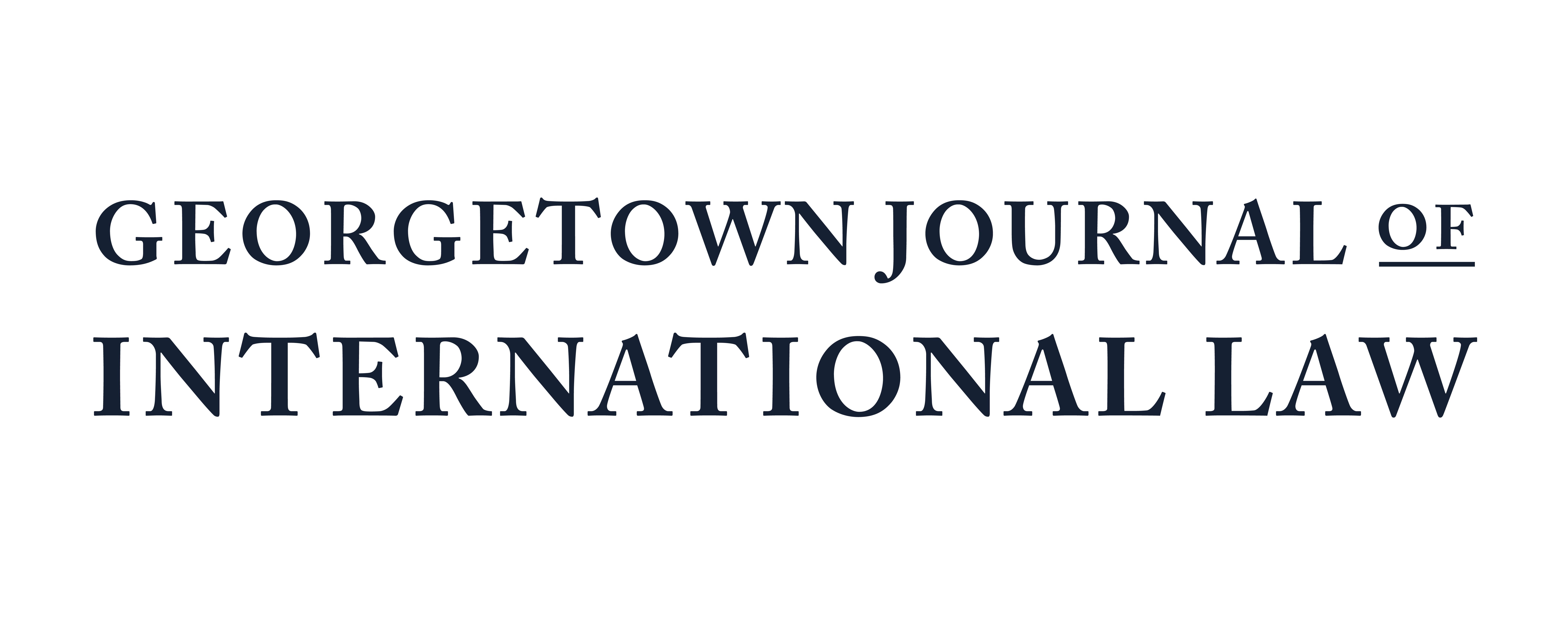Supreme Court to Weigh the Limits of Executive Trade Powers in IEEPA Tariff Cases
October 30, 2025 by Editor

Image by Ian Hutchinson
The Supreme Court will hear arguments in Learning Resources, Inc. v. Trump, testing whether the International Emergency Economic Powers Act authorizes President Trump’s trade deficit tariffs. Georgetown Law’s Appellate Litigation Clinic filed an amicus brief on behalf of leading economists and trade law experts arguing that Congress reserved such authority to Section 122 of the Trade Act of 1974—not IEEPA—reflecting longstanding limits on executive economic powers.
On November 5, 2025, the Supreme Court of the United States will hear arguments in Learning Resources, Inc. v. Trump and its companion case Trump v. V.O.S. Selections, Inc.. Arising out of the Trump Administration’s sweeping use of tariffs, these cases question whether the International Emergency Economic Powers Act (“IEEPA”) authorizes the tariffs imposed by President Trump. While some of the administration’s tariffs are aimed at drug trafficking and foreign trade barriers, others are claimed to address the U.S. trade deficits.
Georgetown Law’s Appellate Litigation Clinic has submitted an amicus brief to the United States Supreme Court on behalf of leading scholars with expertise in international trade law, politics, and economics, including a Nobel Laureate in Economic Sciences, explaining why IEEPA does not authorize the trade deficit tariffs. The argument at the heart of the amicus brief is that Section 122 of the Trade Act of 1974 (“Section 122”) is the appropriate authority for trade deficit tariffs, and IEEPA is particularly inappropriate because it was enacted to cabin, not expand, executive emergency powers. Section 122 addresses balance-of-payments (“BoP”) deficits which are equivalent to trade deficits in the United States based on empirical data cited in the amicus brief.
The brief explains that Section 122, the National Emergencies Act (NEA), and IEEPA were all enacted in the 1970s in direct response to the massive expansion of executive powers beginning in 1917. President Richard Nixon’s 1971 tariffs on imports to address the trade deficit, levied under the authority of IEEPA’s predecessor, catalyzed this chain of legislation. The current administration claims that tariffs issued under the authority of the IEEPA do not face the same restrictions as trade deficit tariffs established in Section 122, and therefore those limitations have no foundation in this statute (no greater than a 15% ad valorem tariff for no longer than 150 days). The amicus brief challenges this assertion in light of IEEPA’s and Section 122’s legislative history and purpose.
Andrew Sperry, GJIL’s Co-Managing Editor and one of the Appellate Litigation Clinic’s student attorneys who helped draft the amicus brief, said, “The value of a brief like this is not merely to explain the law. The justices are well-suited to the task. Rather, our brief’s value is in bringing the expertise of leading economists and international trade experts to the attention of the Court.” Andrew credits this experience with broadening his understanding of the interaction between global trade and domestic constitutional law. He would like to thank Abdullah Hasan, the other student assigned to the brief, for his remarkable dedication, and the clinic staff for their unwavering guidance.

